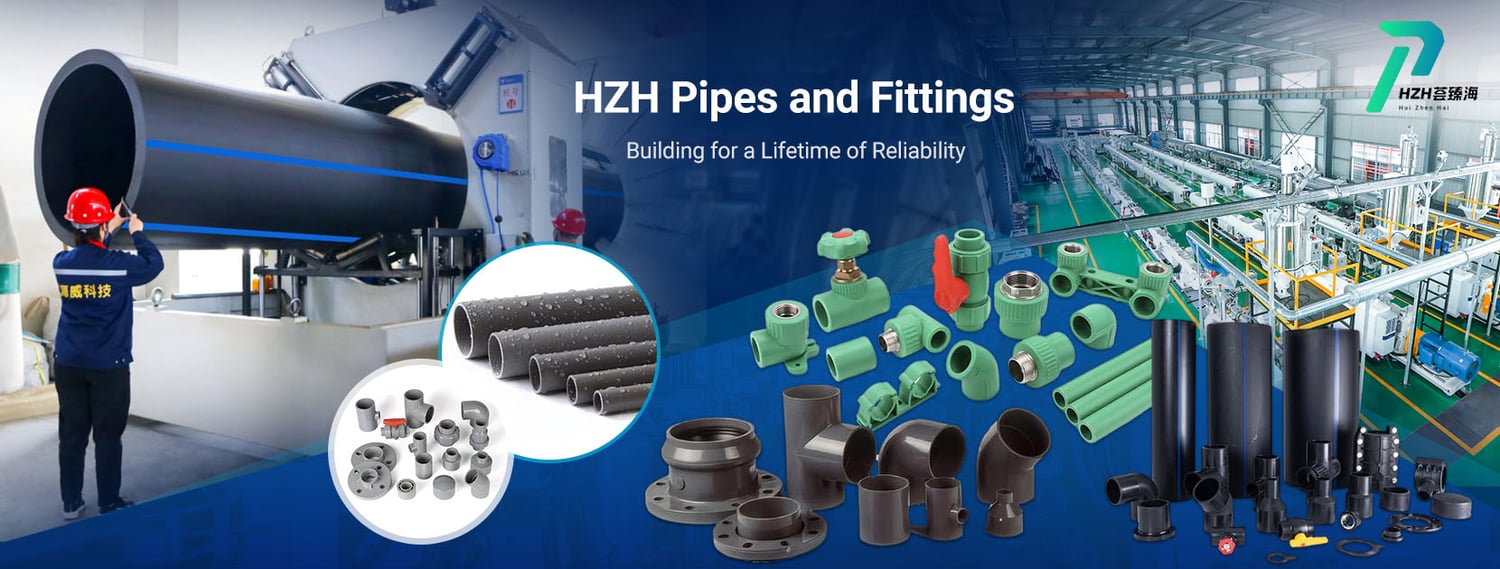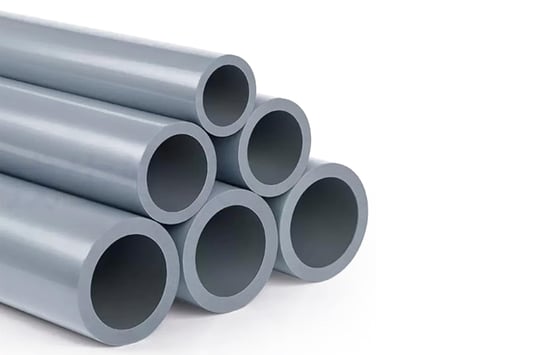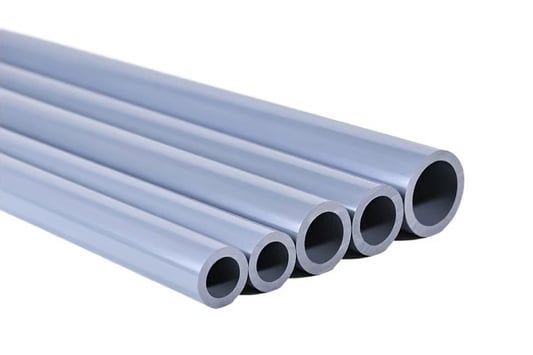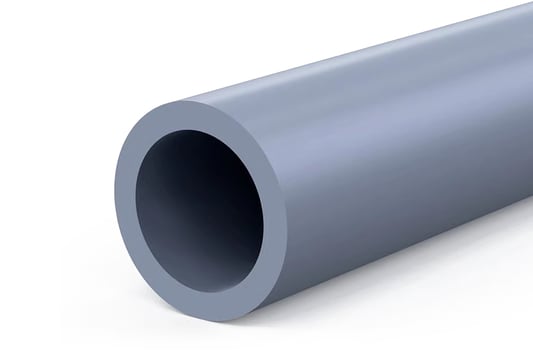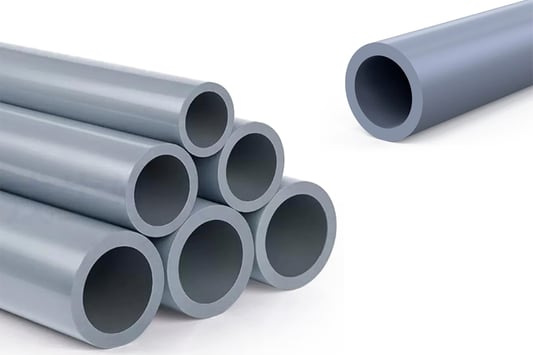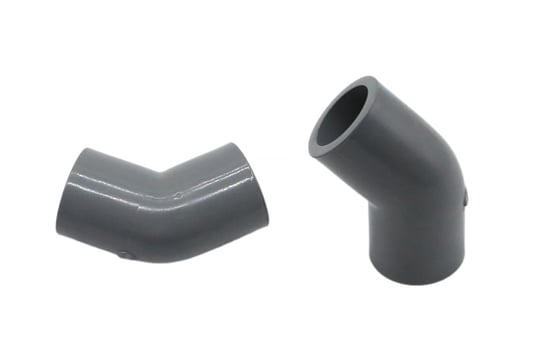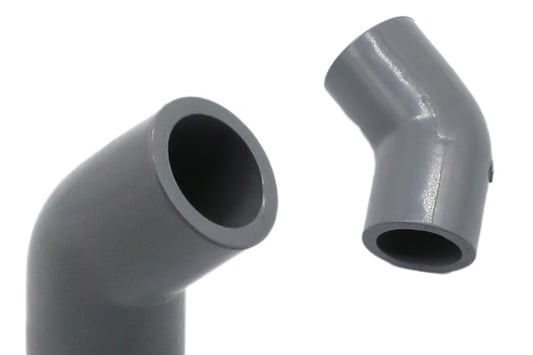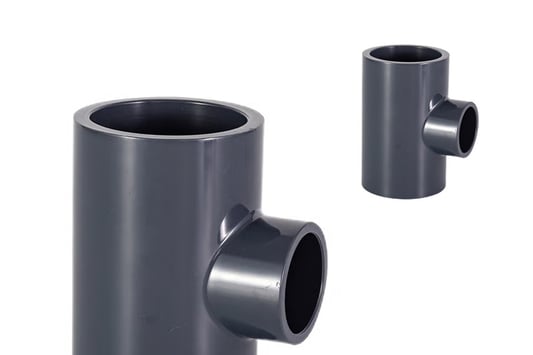High Durability and Longevityindustrial ppr pipes are known for their exceptional durability, making them a popular choice for commercial applications. These pipes can withstand high pressure, temperature fluctuations, and exposure to various chemicals without compromising their integrity. This translates to a longer lifespan for your plumbing system, reducing the need for frequent repairs and replacements.Cost-Effective Solution Investing in industrial PPR pipes can save you money in the long run. These pipes require minimal maintenance and have a low risk of leaks or corrosion, reducing the overall operational costs for your facility. Their longevity also means fewer replacements, further adding to the cost-effectiveness of using PPR pipes in industrial settings.Efficient Water Flow Industrial PPR pipes have a smooth interior surface that allows for efficient water flow. This minimizes friction and pressure loss, ensuring that your plumbing system operates at optimal efficiency. Whether you need to transport hot or cold water, chemicals, or gases, PPR pipes can maintain a consistent flow rate with minimal energy consumption.Corrosion and Chemical Resistance One of the key advantages of industrial PPR pipes is their resistance to corrosion and chemicals. These pipes are non-reactive to most substances, making them ideal for applications where exposure to corrosive materials is common. Whether you are dealing with acids, bases, or solvents, PPR pipes can withstand the harshest industrial environments.Easy Installation and Maintenance Industrial PPR pipes are lightweight and easy to install, making them a preferred choice for quick and efficient plumbing projects. Their seamless joints reduce the risk of leaks and ensure a secure connection between pipes. Additionally, PPR pipes require minimal maintenance, saving you time and labor costs in the long term.Eco-Friendly Option PPR pipes are made from recyclable materials and have a low carbon footprint, making them an eco-friendly choice for industrial applications. By choosing PPR pipes, you can reduce your environmental impact and contribute to a more sustainable future. Additionally, the longevity of PPR pipes means less waste generated from frequent replacements.Wide Range of Applications Industrial PPR pipes are versatile and can be used in a wide range of applications, including water supply, HVAC systems, chemical processing, and more. Whether you are building a new facility or upgrading an existing plumbing system, PPR pipes offer the flexibility and performance needed to meet your specific requirements.Compliance with Industry Standards PPR pipes are manufactured in accordance with strict quality standards to ensure reliability and safety. They are approved for use in industrial settings and meet regulatory requirements for plumbing systems. By choosing PPR pipes for your commercial projects, you can have peace of mind knowing that your plumbing system is compliant with industry standards.Impact on Energy Efficiency The efficient performance of industrial PPR pipes can have a positive impact on energy efficiency in commercial buildings. By reducing pressure loss and maintaining a consistent flow rate, PPR pipes help optimize the performance of HVAC systems, boilers, and other equipment that rely on a continuous water supply. This can lead to energy savings and lower operational costs for your facility.Future-Proofing Your Plumbing System Investing in industrial PPR pipes is a smart way to future-proof your plumbing system. With their high durability, resistance to corrosion, and efficient performance, PPR pipes can withstand the demands of industrial environments for years to come. By choosing PPR pipes, you can ensure the long-term reliability and performance of your commercial plumbing system.Quote Inquirycontact us

